#and rainfall!
Text


my secret santa gifts for @thecooler :D had sm fun working on both of these i LOVE secret santa
#two normal friends being normal and having a normal chat#and rainfall!#morningshine#deerspring#rainfall#fogclan#creekclan#secret santa#my art
10 notes
·
View notes
Text
As relentless rains pounded LA, the city’s “sponge” infrastructure helped gather 8.6 billion gallons of water—enough to sustain over 100,000 households for a year.
Earlier this month, the future fell on Los Angeles. A long band of moisture in the sky, known as an atmospheric river, dumped 9 inches of rain on the city over three days—over half of what the city typically gets in a year. It’s the kind of extreme rainfall that’ll get ever more extreme as the planet warms.
The city’s water managers, though, were ready and waiting. Like other urban areas around the world, in recent years LA has been transforming into a “sponge city,” replacing impermeable surfaces, like concrete, with permeable ones, like dirt and plants. It has also built out “spreading grounds,” where water accumulates and soaks into the earth.
With traditional dams and all that newfangled spongy infrastructure, between February 4 and 7 the metropolis captured 8.6 billion gallons of stormwater, enough to provide water to 106,000 households for a year. For the rainy season in total, LA has accumulated 14.7 billion gallons.
Long reliant on snowmelt and river water piped in from afar, LA is on a quest to produce as much water as it can locally. “There's going to be a lot more rain and a lot less snow, which is going to alter the way we capture snowmelt and the aqueduct water,” says Art Castro, manager of watershed management at the Los Angeles Department of Water and Power. “Dams and spreading grounds are the workhorses of local stormwater capture for either flood protection or water supply.”
Centuries of urban-planning dogma dictates using gutters, sewers, and other infrastructure to funnel rainwater out of a metropolis as quickly as possible to prevent flooding. Given the increasingly catastrophic urban flooding seen around the world, though, that clearly isn’t working anymore, so now planners are finding clever ways to capture stormwater, treating it as an asset instead of a liability. “The problem of urban hydrology is caused by a thousand small cuts,” says Michael Kiparsky, director of the Wheeler Water Institute at UC Berkeley. “No one driveway or roof in and of itself causes massive alteration of the hydrologic cycle. But combine millions of them in one area and it does. Maybe we can solve that problem with a thousand Band-Aids.”
Or in this case, sponges. The trick to making a city more absorbent is to add more gardens and other green spaces that allow water to percolate into underlying aquifers—porous subterranean materials that can hold water—which a city can then draw from in times of need. Engineers are also greening up medians and roadside areas to soak up the water that’d normally rush off streets, into sewers, and eventually out to sea...
To exploit all that free water falling from the sky, the LADWP has carved out big patches of brown in the concrete jungle. Stormwater is piped into these spreading grounds and accumulates in dirt basins. That allows it to slowly soak into the underlying aquifer, which acts as a sort of natural underground tank that can hold 28 billion gallons of water.
During a storm, the city is also gathering water in dams, some of which it diverts into the spreading grounds. “After the storm comes by, and it's a bright sunny day, you’ll still see water being released into a channel and diverted into the spreading grounds,” says Castro. That way, water moves from a reservoir where it’s exposed to sunlight and evaporation, into an aquifer where it’s banked safely underground.
On a smaller scale, LADWP has been experimenting with turning parks into mini spreading grounds, diverting stormwater there to soak into subterranean cisterns or chambers. It’s also deploying green spaces along roadways, which have the additional benefit of mitigating flooding in a neighborhood: The less concrete and the more dirt and plants, the more the built environment can soak up stormwater like the actual environment naturally does.
As an added benefit, deploying more of these green spaces, along with urban gardens, improves the mental health of residents. Plants here also “sweat,” cooling the area and beating back the urban heat island effect—the tendency for concrete to absorb solar energy and slowly release it at night. By reducing summer temperatures, you improve the physical health of residents. “The more trees, the more shade, the less heat island effect,” says Castro. “Sometimes when it’s 90 degrees in the middle of summer, it could get up to 110 underneath a bus stop.”
LA’s far from alone in going spongy. Pittsburgh is also deploying more rain gardens, and where they absolutely must have a hard surface—sidewalks, parking lots, etc.—they’re using special concrete bricks that allow water to seep through. And a growing number of municipalities are scrutinizing properties and charging owners fees if they have excessive impermeable surfaces like pavement, thus incentivizing the switch to permeable surfaces like plots of native plants or urban gardens for producing more food locally.
So the old way of stormwater management isn’t just increasingly dangerous and ineffective as the planet warms and storms get more intense—it stands in the way of a more beautiful, less sweltering, more sustainable urban landscape. LA, of all places, is showing the world there’s a better way.
-via Wired, February 19, 2024
#california#los angeles#water#rainfall#extreme weather#rain#atmospheric science#meteorology#infrastructure#green infrastructure#climate change#climate action#climate resilient#climate emergency#urban#urban landscape#flooding#flood warning#natural disasters#environmental news#climate news#good news#hope#solarpunk#hopepunk#ecopunk#sustainability#urban planning#city planning#urbanism
13K notes
·
View notes
Photo


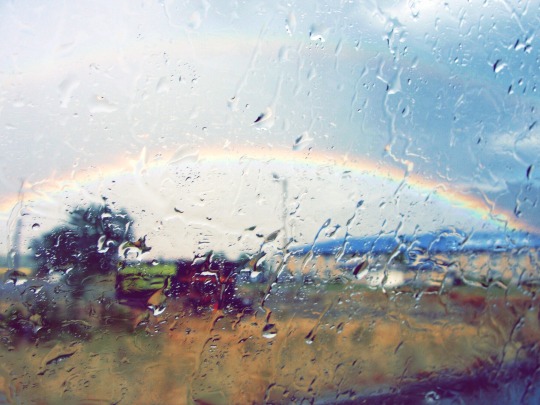
🌦 rainy drive 🌦
#my post#photography#rainbow#there is a#double rainbow#i'm going to count this as#nostalgic#because i took these pics over a decade ago#and that feels like a different lifetime#rain drops#rainy#rainfall#rain#landscape photography#rainbow photography#rainbow colors
4K notes
·
View notes
Text

How much fun could you have in this moody shower?
It's a whole vibe.
#toya's tales#style#toyastales#toyas tales#home decor#interior design#architecture#modern#modern shower#modern bathroom#modern home#modern house#modern architecture#modern design#rainfall#rainfall showerhead#august#summer#plantcore#plant photography#plants#industrial bathroom#industrial#industrial design#home improvement#bathroom design#bathroom decor#bathroom#black#black tile
658 notes
·
View notes
Text




Fanart for: @lumidotexe from her LMK fan-comic "Even Rainfall has Shadows"
I love this two characters! (๑>◡<๑) Ru and An Hé has their own charm in this comic and the sister's dynamic they both share is lovely ♡ I really like how Ru shows a more soft side to An Hé
I enjoyed drawing and painting Hu Ru's hair and so was the same for An Hé, she was really relaxing to draw 🧡🖤
Thanks for creating this amazing comic! ☆
(☆Click for better resolution/quality☆)
(♡Likes and Reblogs are very appreciated,thank you so much!♡)
#lego monkie kid#lmk#lego monkie kid oc#lmk oc#not my oc#fanart#even rainfall has shadows#artist on tumblr#traditional drawing#traditional art#traditional#my drawings#drawing
161 notes
·
View notes
Text
"I love the rain. I love how it softens the outlines of things. The world becomes softly blurred, and I feel like I melt right into it."
-Hanamoto Hagumi
#rainy days#rain#rainyweather#rain quotes#rainsounds#rainfall#dark academia#light academia#cottage core#dark acadamia aesthetic#excerpts#dark fantasy#fragments#poetry#books & libraries#romanticism#romantic literature#romatic academia#classic aesthetic#classic lit#lit#text post#classic academia#choatic academia quotes#choatic academia#classic literature#spilled ink#spilled love#spilled words#spilled thoughts
3K notes
·
View notes
Text
Surviving Rainfall

Water striders spend their lives at the air-water boundary, skittering along this interfacial world. But what happens when falling rain destroys their flat existence? That's the question that motivated today's research study, which looks water striders subjected to artificial rain. (Image credit: top - H. Wang, animations - D. Watson et al.; research credit: D. Watson et al.; via APS Physics)
Read the full article
#biology#cavity#fluid dynamics#insects#physics#rainfall#science#surface tension#water striders#Worthington jets
122 notes
·
View notes
Text
Maggie waited for Nina 💘

kinda matching with my aziracrow drawing
pose from @adorkastock
print
#good omens#vinylatte#vinyl-a-latte#good omens 2#fanart#art#artists on tumblr#artist#lgbtq#lesbian#sapphic#good omens season 2#good omens s2#good omens spoilers#good omens fanart#good omens nina#good omens maggie#nina#maggie#rainfall#retro wives#i asked neil about their ship name and he said we have to decide#DANG!!#vinylatte is cute for me#gomens
220 notes
·
View notes
Text

My Neighbor Big Man
#splatoon#splatoon 3#studio ghibli#big man#inkling#rainfall#i worked a bit hard on this and got little engagement on other platforms so now im posting it on tumblr :sob:#painted background
768 notes
·
View notes
Text

Oh dear
105 notes
·
View notes
Text
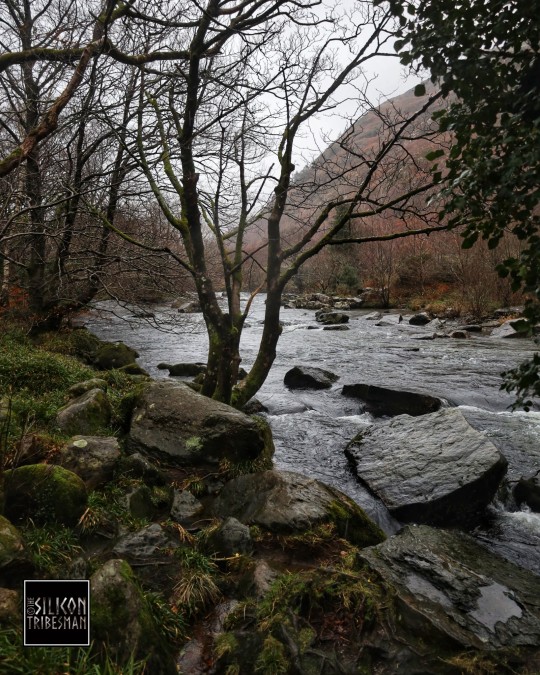
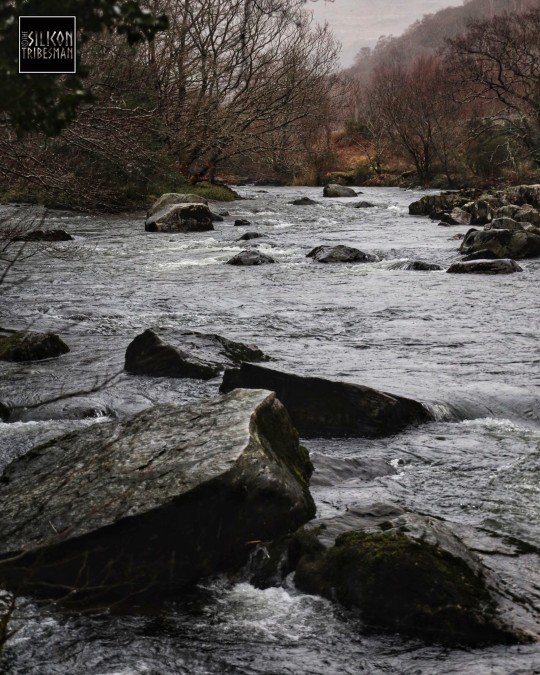


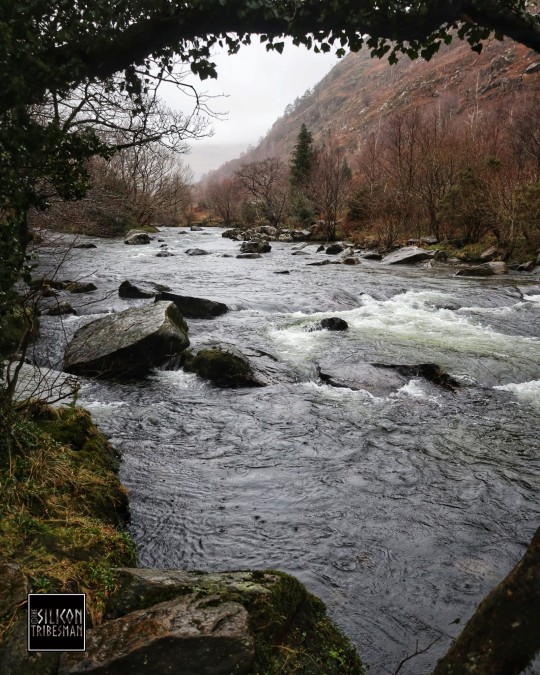

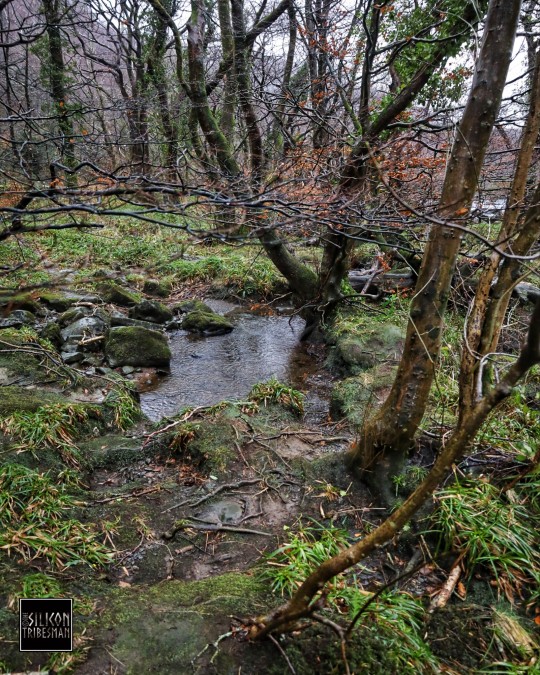



Aber Glaslyn Ancient Pass, Beddgelert, Wales
#landscape#nature#rain#winter#river#waterflow#ancient routes#ancient living#ancient cultures#wild places#outdoors#wales#natural features#natural beauty#ivy#rainfall#wild
141 notes
·
View notes
Text
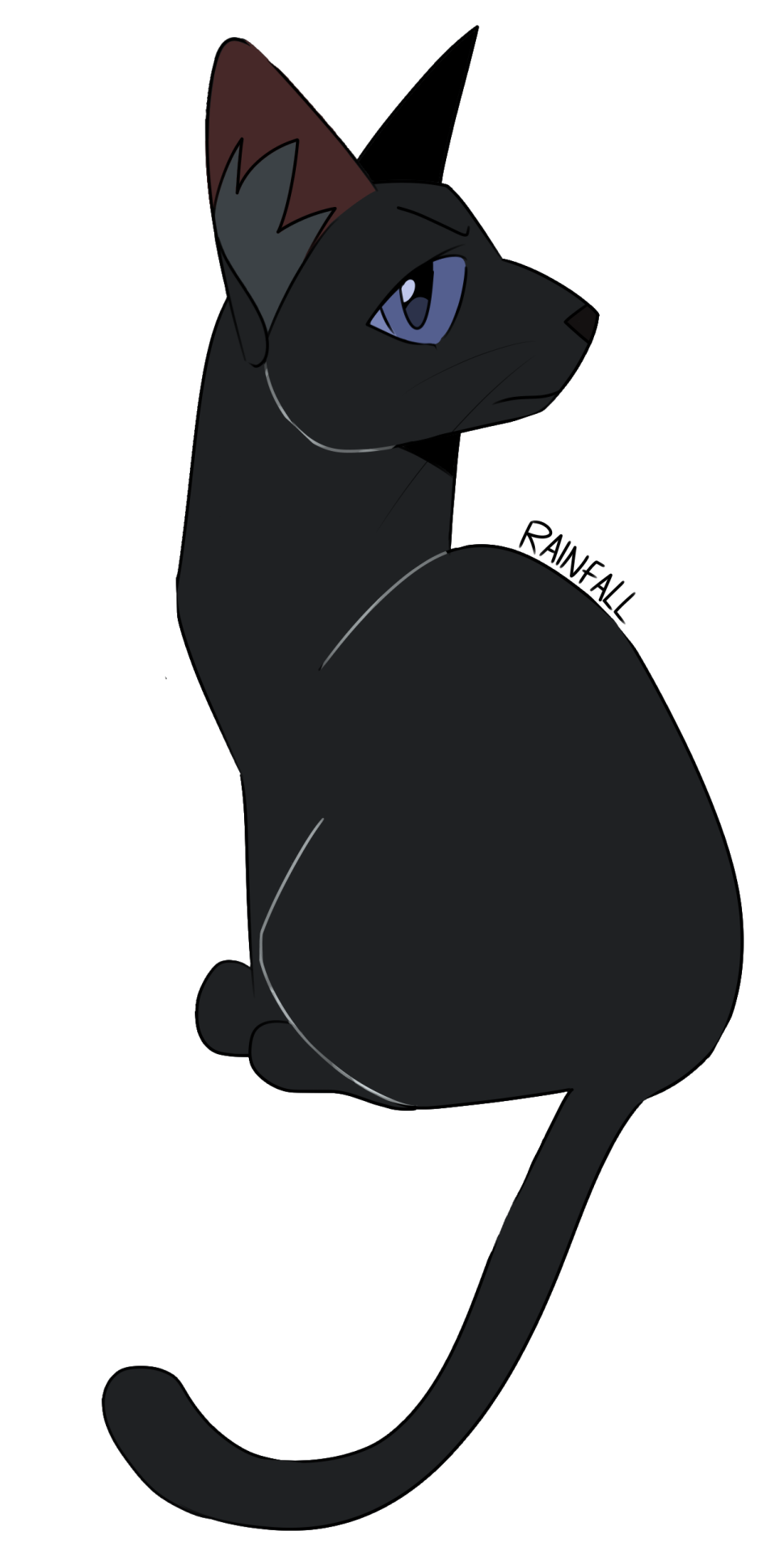
88 notes
·
View notes
Text

144 notes
·
View notes
Text

#harley davidson#bikerstyle#bikerlife#harleylovers#biker babe#harleyrider#biker girl#harleydavidson#harleylife#biker#rainfall
104 notes
·
View notes
Text
A stressful day in the life of Pandolf:
I bought an armchair for the living-room last year and, tragically (for Pandolf), have placed it in the only spot that made sense: between the couch and his dog bed. (Tragic dog translation: Between us.) He has learnt to deal with this unfair obstacle life threw at him, and now when I’m on the couch, he only ever lies down in a way that allows him to glance at me despite the presence of the armchair. He likes to open his eyes in between naps and check that I’m still here then happily go back to sleep.


In the before times he used to sleep with his head on either side of the bed, so I wanted to check if the armchair was the real reason for the change, and I moved it to the right.

I went back to the couch and Pandolf IMMEDIATELY got up and walked around in a little circle to lie down with his head on the left side so he could still see me.

Aww—but also, it wouldn’t be scientific to conduct this experiment just once, so I got up again...
... Pandolf now looked distinctly wary ...

I did it. I’m sorry. I moved the armchair to the left and returned to the couch and Pandolf immediately got up to settle down in the other direction, this time looking quite sad and betrayed and worried. Why would you do this?? Do you not want me to look at you? it makes me happy :((

I didn’t do again. I’m not a monster. I scritched his ears and we went out on a walk and we had fun and he was able to heal, but the next day when I let him into the living-room for naptime, he seemed to remember what had happened. The armchair was on the left in its normal spot so Pan had his head on the right side of his bed, but he was clearly ready to jump up and switch positions if I moved the chair to obstruct his view again, he just wouldn’t relax

I’ve been burnt too many times. I have trust issues.

(his trust issues lasted 2 whole minutes and when I didn’t move the armchair he decided I had earned his trust again and he went to sleep.)
#crawling along#another horrible thing that happened to him recently was#two consecutive days of heavy rainfall so he wasn't allowed to play with his cows all day#but he is very emotionally resilient and seems to be doing okay
2K notes
·
View notes
Text
The perfect storm had been building for some time. Ferguson is at the bottom of the income spectrum and has acted as a sort of vanguard for the outward march of suburban poverty. [...] [T]he dwindling population, fleeing industry, and plummeting property values had created a budgetary crisis, forcing many of the area’s small municipalities to rely less on their shrinking tax base and more on extra-tax fees and fines, enforced by the police and facilitated by the city’s arcane court system.
The result was that Ferguson and similar suburbs existed in what the Huffington Post called “a totalizing police regime beyond any of Kafka’s ghastliest nightmares.” Out of a population of roughly 21,000, over 16,000 Ferguson residents had arrest warrants issued. And this number only counts individuals with warrants, not the total number of warrants. In 2013 this figure was a staggering 35,975, roughly 1.5 warrants per person in the city.
These warrants were part of a complex racket designed to impose unrelenting fines on the poor population in order to fund the city government, which itself had largely been redesigned to facilitate this predatory practice.
In 2013 fines, court fees, and other such extortions accounted for some 20 percent of the city’s budget. These fines were disproportionately applied to the city’s black residents, with black drivers twice as likely to be stopped, searched, and arrested as their white counterparts. [...]
---
These funding systems are not unique to St Louis, but instead became a national trend as more and more municipalities found themselves in dire conditions after the last crisis. The suburbanization of poverty and skyrocketing incarceration rates have thus been paired with growth in these massive, extra-tax extortions applied to the poor -- and particularly the suburban and rural poor, who are more likely to live in small, cash-strapped municipalities (or counties) with a dwindling tax base and less access to federal aid. In most places, this takes the form of an expanding net of legal search, supervision, and harassment that essentially extends the walls of the prison out into the new suburban ghetto.
Increasingly expensive incarceration is gradually replaced by a predatory probation system composed of extra-carceral monitoring, fines, and seizure of property, all amplified by the fusion of public budgets and for-profit probation companies.
Many of these are relatively recent trends, with Ferguson’s dependence on probation funding skyrocketing after 2010. But rather than an unfortunate exception, Ferguson is a window into the future. As low growth, deepening crisis, and general austerity continue [...] [t]hese cities will be forced to find new sources of funding, and the easiest way to do this is for better-off residents to utilize existing legal resources in order to prey on the poor.
As the economic situation becomes increasingly dire, similar patterns emerge at greater scales: the county, the state, and the federal government will all turn to such predatory practices, facilitated by growing armies of police and preexisting legal mechanisms for debt collection, surveillance, and incarceration.
---
These patterns are piloted in the poorest areas, applied first to the most disadvantaged social groups. In Anaheim, California, the poorer, predominantly Latino neighborhoods in the city have seen a series of gang injunctions, allowing plainclothes police to arrest and open fire on residents for things as simple as their clothing color or gathering in a crowd. In 2012 a sequence of police shootings in the city led to nights of rioting just outside D!sneyl@nd. In the poorer parts of New York, stop and frisk policies and the enforcement of laws against minor offences (such as selling loose cigarettes) have allowed for similar practices, resulting in local riots around the killing of Kimani Gray in Flatbush in 2013 and national riots around the killing of Eric Garner in 2014. Similar practices have long been applied to the rural poor, including the black residents of regions such as the Mississippi River Delta, Native residents of reservations such as Pine Ridge, Latino farmworkers across the country, and the white poor in places like the coal-mining towns of Appalachia.
-------
Text by: Phil Neel. Hinterland: America’s New Landscape of Class and Conflict. 2018. [Bold emphasis and some paragraph breaks/contractions added by me.]
1K notes
·
View notes